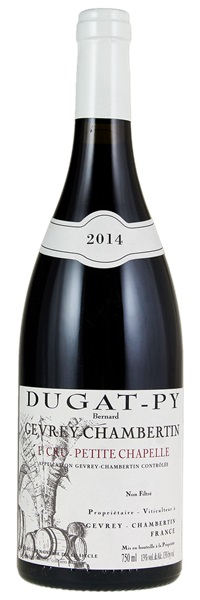Removed from a subterranean, temperature and humidity controlled residential cellar; Purchased upon release; Consignor is original owner

Image above is an example. To view the image of the lot, click the item number.
Estimate
Vibrant aromas and flavors of blackberry, violet, licorice pastille, bitter chocolate and wild mint. Boasts compelling sweetness and texture, not to mention inner-mouth tension. Finishes with surprisingly sweet tannins and distinct minerality.
...the cassis, violet, plus and earth aromas are distinctly cool and elegant. There is excellent richness and volume to the impressively well-concentrated medium-bodied flavors that exude ample minerality onto the palate coating, powerful and massively long finish.
...palate is medium-bodied with supple tannin. Here, the oak is more integrated and allows succulent cassis and kirsch notes to develop on the lightly peppered, weighty finish.
Toasty, sappy nose. Juicy... Lots going on here – a fruit salad of concentration!